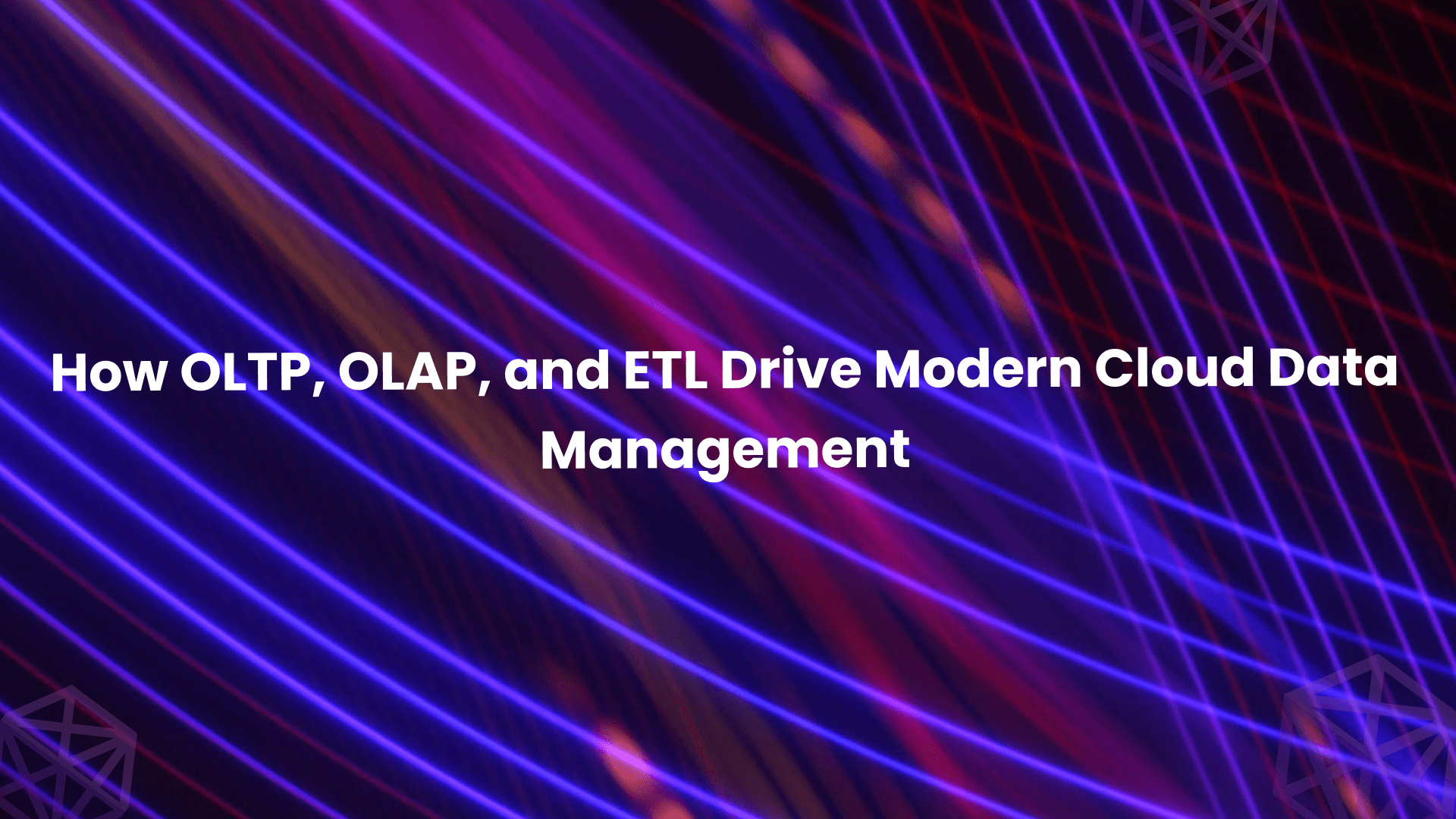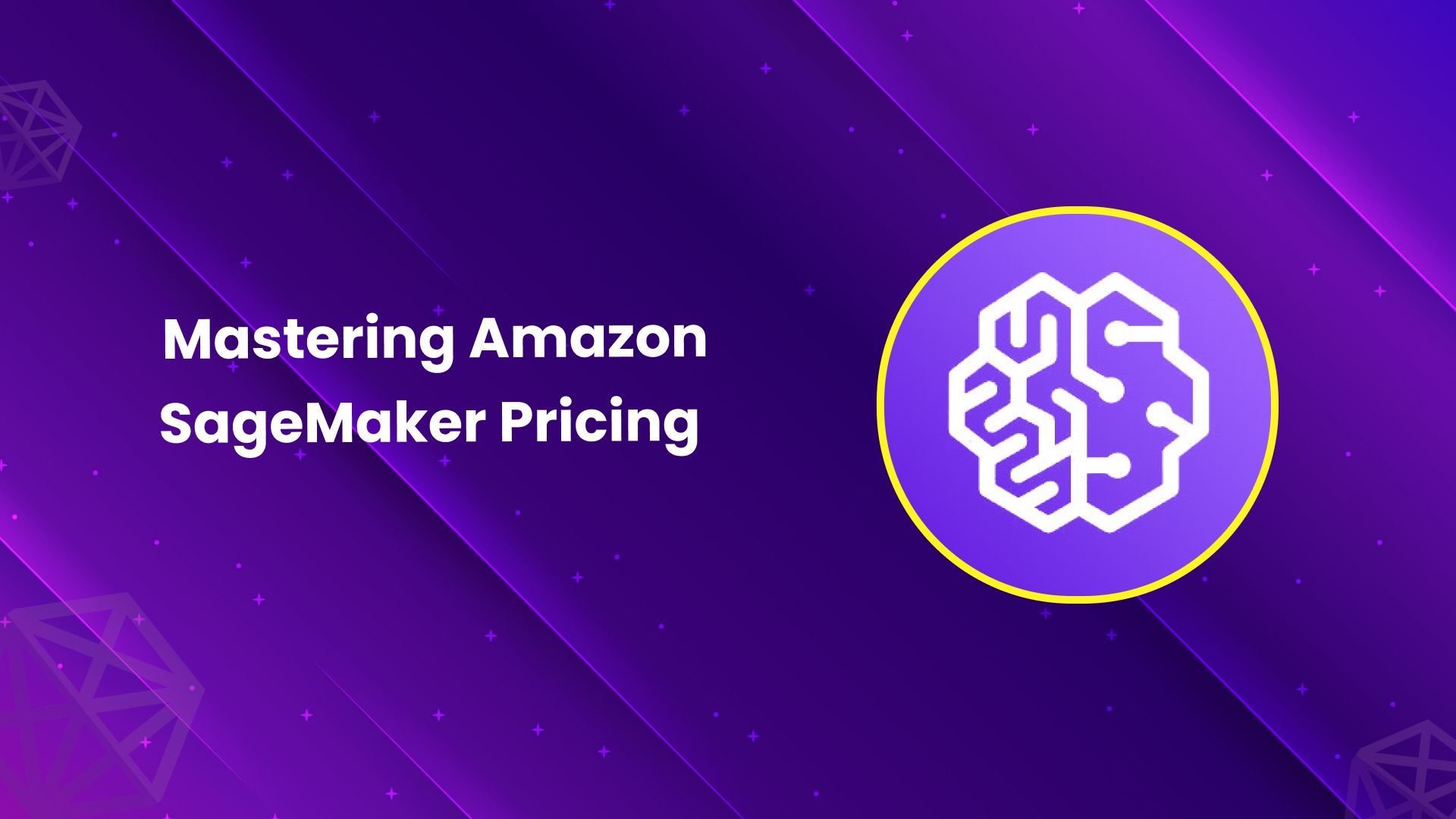Platform-as-a-Service (PaaS) promises agility, rapid deployment, and reduced operational overhead. For modern engineering teams, it seems like the perfect way to accelerate innovation while offloading infrastructure concerns. Yet, beneath this promise lies a less-discussed reality: unpredictable costs that can quietly spiral out of control.
From auto-scaling surprises to hidden network fees, many enterprises find their cloud bills ballooning despite careful planning.For CTOs, DevOps leads, and FinOps teams, understanding these hidden charges is essential for maintaining budget discipline while retaining strategic control.
In this blog, we’ll explore the common pitfalls that inflate PaaS costs, architectural and operational drivers behind them, and actionable strategies to forecast, manage, and optimize your cloud spend without sacrificing performance.
1. Introduction: The Double-Edged Sword of PaaS
 Platform-as-a-Service (PaaS) has become one of the most popular approaches for deploying applications in the cloud. It allows teams to focus on building features instead of managing underlying infrastructure, providing speed, abstraction, and simplified maintenance.
Platform-as-a-Service (PaaS) has become one of the most popular approaches for deploying applications in the cloud. It allows teams to focus on building features instead of managing underlying infrastructure, providing speed, abstraction, and simplified maintenance.
The appeal is clear: developers can quickly deploy applications, scale automatically, and integrate with various cloud services without worrying about servers or networking. However, this convenience often masks hidden costs. While PaaS can streamline operations, it can also introduce unexpected charges that impact budgets and planning. Understanding both the benefits and the potential financial pitfalls is key to making PaaS a truly effective part of a cloud strategy.
2. Where PaaS Pricing Gets Complicated
Unlike traditional IaaS or serverless models, PaaS pricing is less straightforward. PaaS platforms often charge based on multiple factors simultaneously, such as compute usage, storage, network traffic, and additional service integrations. These charges are often metered in ways that are not immediately obvious, making accurate cost prediction challenging.
Additionally, tiered pricing structures and auto-scaling features can create variability in monthly bills. Small changes in usage, peak loads, or resource configurations can lead to significant cost swings. This complexity makes it difficult to forecast spend accurately without proper tracking and insight, even when the overall architecture seems simple.
3. Hidden Charges in PaaS You Don’t Anticipate
Many of the extra costs in PaaS environments are not immediately apparent:
- Idle resources and overprovisioning: Applications or environments left running, even with low usage, consume billable resources.
- Auto-scaling and burst costs: Automatic scaling during traffic spikes can multiply costs quickly, especially when burst resources are charged at premium rates.
- Network egress and data transfer fees: Moving data between regions or out of the cloud platform can incur significant charges that are often overlooked.
- Premium add-ons: Optional features such as monitoring tools, logging, analytics, or integrated services may carry extra fees that accumulate over time.
- Licensing or marketplace dependencies: Third-party tools and licensed components integrated into PaaS applications can also contribute to unexpected spending.
These hidden costs often combine, producing bills that are far higher than initially anticipated. Recognizing these factors early helps teams make better architectural and operational decisions, preventing surprises down the line.
4. Architectural Decisions That Drive Costs
The way applications are structured and deployed on PaaS can significantly influence overall costs. Over-reliance on a single PaaS service can lead to lock-in premiums, where switching or scaling outside that service becomes expensive. Designing applications around only one provider’s ecosystem may simplify development, but it often comes at a financial cost.
Multi-region deployments for geo-redundancy also add to expenses. While spreading workloads across regions improves availability and latency, it increases resource usage, data transfer fees, and storage duplication. Teams must carefully balance the benefits of geographic redundancy against the extra spend it introduces.
Latency-driven scaling decisions present another subtle cost driver. Over-provisioning resources to meet peak response times can unnecessarily inflate bills, while under-provisioning can impact performance. Thoughtful architectural planning helps maintain a balance between performance and cost efficiency.
5. Operational Pitfalls That Inflate Spend
Even a well-designed PaaS architecture can become costly if day-to-day operations are not optimized. A common issue is lack of cost visibility at the application or team level. Without granular insight, teams may continue running inefficient workloads, unaware of where money is being spent.
Unused environments, such as test, staging, or development instances left active, are another source of avoidable expenses. These idle resources often continue to accrue charges for compute, storage, and networking.
Weak governance over scaling rules and resource quotas also drives costs upward. Improperly configured auto-scaling or absence of limits can allow workloads to scale uncontrollably during spikes, resulting in unexpectedly high bills. Regular reviews and policies are essential to maintain operational cost discipline.
6. The Security & Compliance Angle of PaaS Costs
Security and compliance requirements can also influence PaaS spend in ways that are not always obvious. Meeting regulatory standards may require additional resources or services, such as encrypted storage, audit logging, or network isolation, each carrying extra charges.
Advanced security add-ons like Web Application Firewalls (WAF), intrusion detection, or enhanced monitoring can improve protection but also increase costs if not managed carefully.
Implementing least-privilege access, governance policies, and proper role-based controls can reduce both security risk and unnecessary spending. By aligning security practices with cost awareness, teams can ensure their PaaS deployments remain both safe and financially efficient.
7. Best Practices for Forecasting & Managing PaaS Spend
Effective PaaS cost management starts with structured planning and continuous oversight. Begin by setting budgets and alerts for applications and teams, ensuring that any unexpected spikes in usage are identified early.
Rightsizing workloads based on actual usage patterns prevents paying for idle or over-provisioned resources. Implementing scheduled shutdowns for test environments, further ensures efficient resource utilization without requiring constant manual intervention.
Continuous monitoring and detailed cost attribution across teams provide visibility into which workloads drive spending. Tools like CloudOptimo CostCalculator can help forecast costs for 30-day or 1-year periods, while CostSaver assists in identifying idle, unused, and misconfigured resources. Together, these approaches allow teams to optimize both operational efficiency and cloud spend without overwhelming manual effort.
8. Choosing the Right Tools to Stay Ahead of PaaS Cost Surprises
Even with strong practices in place, managing PaaS costs manually can be challenging. Native cloud tools like Azure Cost Management or AWS Cost Explorer provide visibility into usage and spending but may lack detailed forecasting or proactive identification of underutilized resources.
CloudOptimo’s CostCalculator addresses these gaps by offering detailed insights into instances across regions, types, vCPUs, memory, storage, and other key metrics. It enables accurate forecasting, compares instance options, and helps discover cost-effective alternatives for optimized deployments.
CostSaver complements this by continuously scanning the environment to highlight idle, unused, or misconfigured resources. With configurable scan schedules and analytical reports, teams gain actionable insights for optimizing resource utilization and reducing unnecessary costs.
By combining these tools with governance, monitoring, and lifecycle policies, organizations can maintain control over PaaS spend while minimizing surprises and enhancing operational efficiency.
9. Conclusion: Turning PaaS into a Strategic Advantage
PaaS provides speed, flexibility, and simplified operations, but hidden costs can impact budgets if left unmanaged. By understanding pricing complexities, identifying hidden charges, and applying operational best practices, teams can forecast, monitor, and optimize spend effectively.
CloudOptimo’s CostCalculator helps teams gain detailed visibility into instances, forecast costs accurately, and discover cost-effective alternatives. CostSaver identifies idle, unused, and misconfigured resources, helping optimize utilization and reduce waste.
Together, these tools empower organizations to maintain control over PaaS spend while enhancing operational efficiency. Explore our full suite of tools to see how you can take command of your cloud environment and ensure predictable, cost-efficient deployments.
Sign up with CloudOptimo today to optimize your PaaS spend and explore our complete suite of cloud management tools.


